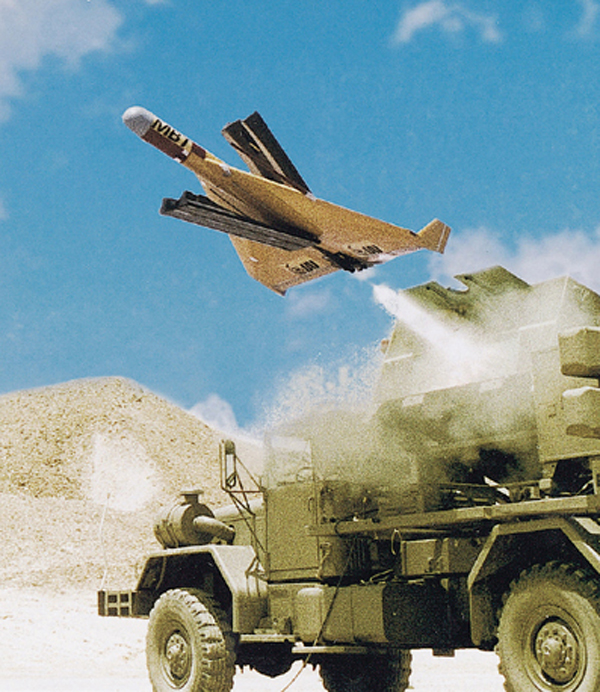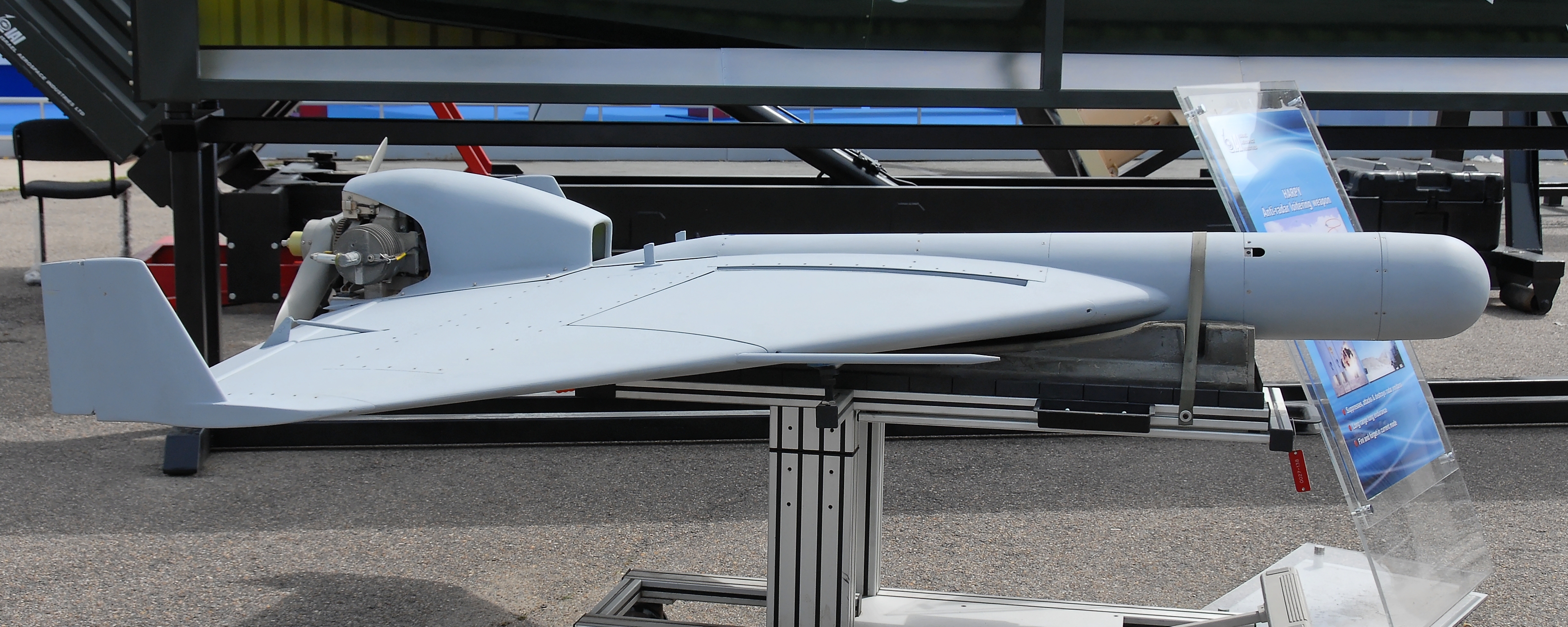LETHALFORCE
Mod
- Joined
- Feb 16, 2009
- Messages
- 29,880
- Likes
- 48,579
http://www.israeli-weapons.com/weapons/aircraft/uav/harpy/harpy.html

HARPY is a lethal UAV designed to detect, attack and destroy radar emitters.
Harpy is a "Fire-and-Forget" all-weather, day/night autonomous weapon system, launched from a ground vehicle behind the battle zone or from ship based launchers.
HARPY effectively suppresses hostile SAM and radar sites for long duration, by detecting, attacking and destroying radar targets with a very high hit accuracy.
HARPY provides the most effective solution to the hostile radar problem, at the lowest price. HARPY is in production, is already operational with several nations Air Forces, and is currently available.
Weighs 135 kg, 2.1 meter long, 2.7 meter span and with range of 500 km. It is sealed in its sealed launcher/container, to endure harsh battlefield conditions. It can be fueled or defueled in the launcher, therefore retaining its readiness at all time. The system uses periodical built-in test to maintain full readiness.

Harpy Delivered to India
According to media reports, the Indian army has purchased a number of the armed Harpy drone, produced by Israel Aircraft Industries.

HARPY is a lethal UAV designed to detect, attack and destroy radar emitters.
Harpy is a "Fire-and-Forget" all-weather, day/night autonomous weapon system, launched from a ground vehicle behind the battle zone or from ship based launchers.
HARPY effectively suppresses hostile SAM and radar sites for long duration, by detecting, attacking and destroying radar targets with a very high hit accuracy.
HARPY provides the most effective solution to the hostile radar problem, at the lowest price. HARPY is in production, is already operational with several nations Air Forces, and is currently available.
Weighs 135 kg, 2.1 meter long, 2.7 meter span and with range of 500 km. It is sealed in its sealed launcher/container, to endure harsh battlefield conditions. It can be fueled or defueled in the launcher, therefore retaining its readiness at all time. The system uses periodical built-in test to maintain full readiness.

Harpy Delivered to India
According to media reports, the Indian army has purchased a number of the armed Harpy drone, produced by Israel Aircraft Industries.



